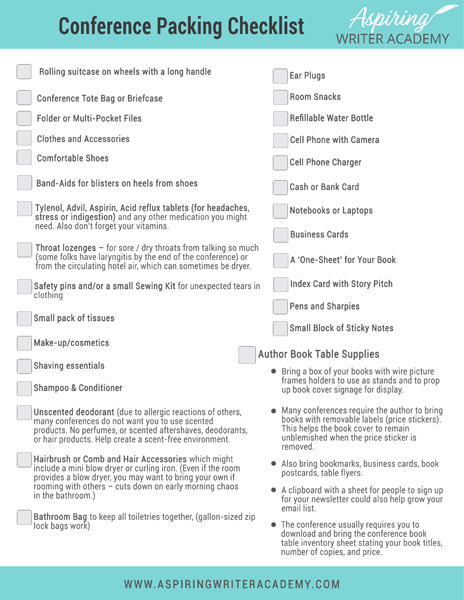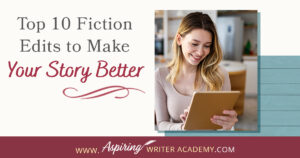20 Items to Bring to Your First Writer’s Conference
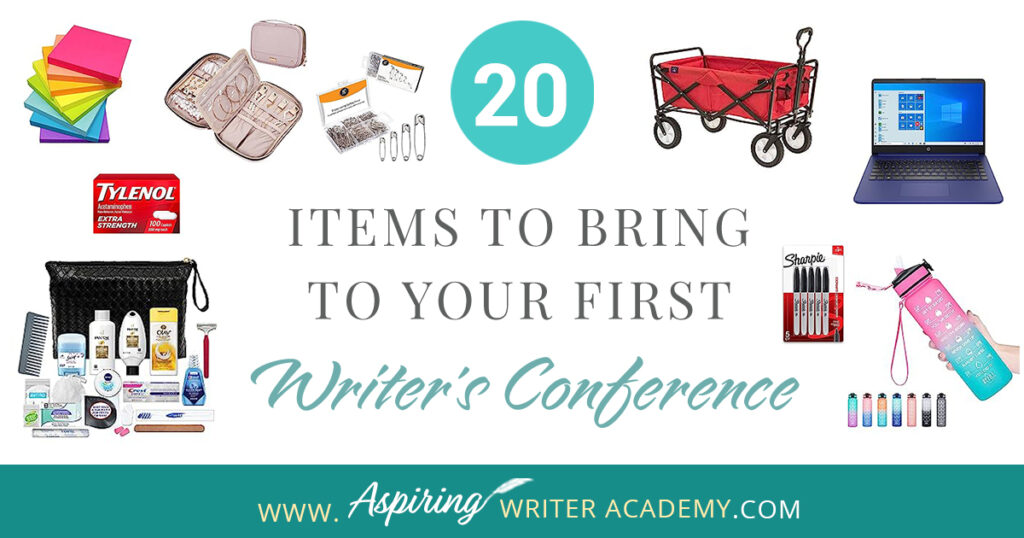
Attending a writer’s conference is one of the best things you can do to either launch or advance your writing career. But what should you bring? Do you need a notebook or a laptop? Do you need business cards? How should you dress? What if you are published and need to bring books for the conference book table? Which items are beneficial, and which should you leave at home?
Our post, 20 Items to Bring to Your First Writer’s Conference, offers a valuable checklist to help put your mind at ease.
A smart writer aspiring to improve their craft will ask questions and learn from the experience of others. Our goal is to help you avoid painful blisters on your feet, embarrassing business blunders, and awkward attire that makes you stand out from the crowd in a way you had not intended!
Conference Packing Checklist:
1) Suitcase
Make sure you have a rolling suitcase on wheels with a long handle, so you are not carrying all that weight from your personal items around a massive hotel. Conference hotels tend to be quite large to accommodate large groups of people.
Carrying a large box of heavy books around a large hotel is no fun either!
You may also want to bring an extra rolling suitcase to help cart books if you plan to buy or sell books at a conference book table/store.
If you are bringing books to sell, you might consider bringing a collapsible wagon:
Or a folding hand truck/dolly:
2) Conference Tote Bag or Briefcase
If this is your first writer’s conference, you may just need an oversized bag you can slip over your shoulder or an oversized purse. I snagged a canvas bag at Barnes & Noble that has many pockets on the outside as well as the inside to stick my notebook, pens, business cards, and conference handouts, as well as granola bars, water bottles, tissues, etc.
However, if you find you have an overabundance of supplies, then I recommend you find a bag or briefcase that has an extendable handle and wheels so that you may cart it around the conference without exhausting yourself.
3) Folder or Multi-Pocket Files
It is a good idea to bring multi-pocket files with a print-out of your conference registration, hotel reservation, class schedule, conference map. You can also use it to hold conference flyers, class handouts, and business cards from others you meet.
*Always bring a printed hardcopy of the directions to the conference / hotel in case your phone or GPS fails. (It does still happen!)
4) Clothes and Accessories
Pack light and dress in layers! Mornings and evenings may be much cooler than afternoons, and the air conditioning in some facilities can be either too cool or not cool enough. The same goes for their heating system in winter. You never know what you might get, especially if you are traveling to a different part of the country.
Also bring clothes that mix and match with one another to create different outfits. Leggings and jackets can go with almost anything. Remember to bring a bathing suit if you plan to use the hotel pool or hot tub. You might also consider bringing a suit or gown if the conference has an awards night ceremony.
If you plan to pitch your story to an agent or editor – dress like a business professional. Generally, T-shirts & jeans, sweatpants, and costumes are generally ruled out, as well as clothes that may be considered ‘too revealing.’ First impressions do matter. You might not need to wear a ‘power suit’ to your appointment but try to find out ahead of time what attire might be appropriate for the type of conference you are attending. A nice jacket or blazer is usually a good choice or perhaps a conservative dress that can be accessorized.
When packing for your first writer’s conference, do not forget to pack your jewelry, neck scarves, or ties, sleepwear, underwear, and perhaps some more casual outfits for socializing in the evenings during the conference. You might also want more casual, comfortable clothes for traveling to and from the conference (travel days).
Bring a couple of plastic trash bags for your dirty clothes so there’s no mixing with clean items in your suitcase. I also bring a couple of gallon-sized zip-lock bags for misc. items. They always come in handy! I also pack a small flashlight for the side of my bed for trips to the bathroom, so I do not have to turn on a light and wake my hotel roommates.
5) Comfortable Shoes!
This is one of the number one pieces of advice I can give you. Please bring comfortable shoes! High heels may look nice, but after being on your feet all day for 3 to 4 days straight, you are going to want flats! Personally, I bring black ballet slippers to wear if my feet get really sore and I doubt anyone notices. New or stiff-type shoes will also wear on you and give you blisters.
Which brings up another important item you must bring—band-aids!
6) Band-Aids and Conference (Survival) First-Aid Kit
- Band-Aids for blisters on heels from shoes
- Tylenol, Advil, Aspirin, Acid reflux tablets (for headaches, stress or indigestion) and any other medication you might need. Also don’t forget your vitamins.
- Throat lozenges – for sore / dry throats from talking so much (some folks have laryngitis by the end of the conference) or from the circulating hotel air, which can sometimes be dryer.
- safety pins and/or a small sewing kit for unexpected tears in clothing
- small pack of tissues
7) Cosmetics & Toiletries
- make-up/cosmetics
- shaving essentials
- shampoo & conditioner
- unscented deodorant (due to allergic reactions of others, many conferences do not want you to use scented products. No perfumes, or scented aftershaves, deodorants, or hair products. Help create a scent-free environment.
- hairbrush or comb and hair accessories which might include a mini blow dryer or curling iron. (Even if the room provides a blow dryer, you may want to bring your own if rooming with others – cuts down on early morning chaos in the bathroom.)
- lint roller to keep your clothes pristine
- a bathroom bag to keep all toiletries together, (gallon-sized zip lock bags work)
8) Ear Plugs
This item is essential if you are planning to have hotel roommates! After a long day of classes, some may end up snoring who don’t usually snore! And this can make it very hard for you to get to sleep yourself, no matter how tired you are. Do yourself a favor and bring ear plugs to block out the noise of snoring partners!
9) Room Snacks
Even if you do not normally snack at home, the high-energy level of the conference schedule will leave you craving some extra treats.
The number one snack brought to conferences is chocolate! You may also opt for caffeine drinks like soda for a pick-me-up. (Tea or coffee can help, but usually isn’t enough. You may also want some beef jerky or salted nuts or protein bars, granola bars, or protein drinks, energy drinks. Chips, pretzels, popcorn bags might also be good.
This might just be me, but several times I have brought “healthy” snacks like nuts and fruit to a conference only to find that when it comes right down to it, what I really crave during these intense conference moments when you are fighting over-whelm is something salty or just plain soul satisfying – like chocolate! Allow yourself to indulge – just for a few days!
If you ignore this advice – don’t worry – most hotels have vendor machines in case you change your mind.
10) Refillable Water Bottle
It is a good idea to have your own water bottle at conferences, although some events do provide glasses and pitchers of water in the back of each classroom. Check with the conference venue to see if they have refillable water stations if you do not want to refill at a bathroom sink.
Many people also bring a case of water bottles for the hotel room and to share with friends, especially if the water in that area does not taste too good.
11) Cell Phone with Camera
No doubt you will meet many new friends at your first writer’s conference and will want to take lots of pictures to bring back home. Conference pictures can also be posted on social media or in your author newsletter or on your website.
Having a cell phone with a camera that can zoom in on the presenter’s power point slides and take screen shots is very valuable! Many time the speaker talks too fast or changes slides too fast for you to write everything down. Just take a photo and you’ve got it and can read it all later and transcribe when you get home.
12) Cell Phone Charger!
Your means for communication, GPS, and taking pictures and power point screenshots will be in jeopardy if you forget your cell phone charger. Place this in your purse or a travel bag that you will keep with you when going to a conference to make sure you know where it is.
Also make sure you do not leave it in your hotel room when you leave!
13) Cash or Bank Card
You never know when you might need cash or a different bank card or credit card when going to a conference. There are always unexpected expenses, and you must be prepared in case your main bank card does not work.
Cash is also good for leaving tips (don’t forget to leave a tip in the room before you leave for the maids who will come in and clean.) You might also need cash to buy books or souvenirs at the conference.
14) Notebooks or Laptops
You can either bring a notebook or a laptop to the conference to write down everything you are learning. If you want to bring your laptop, plan ahead and ask how many outlets are available in each classroom.
And even if you do opt for a laptop (which is heavier to cart around) you will still need a small notepad for others to write down their emails if they do not have a business card to hand to you.
15) Business Cards
Yes, you should bring business cards with you to your first writer’s conference. If you are not yet published, a simple black and white card with your name, phone number, and email address should be enough. You might also want to include a headshot photo so after the conference other people will remember you. It is also wise to leave the back of the business card blank so others can jot down additional notes about you.
Business cards can be handed to others at the conference whom you meet, (start building connections and start an email newsletter list). You might also hand a business card, when prompted, to an agent or editor who is interested in your work.
You can obtain business cards at www.staples.com, or at www.Gotprint.com, or www.vistaprint.com or a number of other places.
16) A ‘One-Sheet’ for Your Book
Many writers design a ‘One Sheet’ to bring with them to the conference, which they present to editors and agents and anyone else who might be interested in their novel. While this is not necessary for your first writer’s conference, it should be taken into consideration.
In one single printed document you can include your headshot and author bio, your agent’s information if you have one, the book cover or at least the back cover blurb or summary of your novel. Also included on this sheet will be the genre, word count, and perhaps the target audience as well as your website, social sites, and contact info. For more information on creating a One Sheet visit:
https://www.booksandsuch.com/blog/how-to-create-a-compelling-one-sheet/
17) Index Card with Story Pitch
If this is your first writer’s conference or your tenth, you might find yourself getting really nervous and tongue-tied when pitching your story to an editor or agent. Having an index card that you can pull out and read can help you present your story concisely and clearly and help ease your tension. The editors and agents do not mind. They understand, really, they do.
Do not clutter the index card so that it can be easily read. Write in large letters your one-line pitch or “elevator pitch” —a one liner that sums up your entire story and can be presented in a single sentence. Or you might prefer to write out your 3 short paragraph back cover blurb or short story summary. If you do not use the card, that’s fine, but you might draw comfort in having it with you.
18) Pens and Sharpies
You will want to bring lots of pens to jot down notes. Bring extras in case you lose one or someone else loses one. Be generous! You might also want a sharpie if you are signing books.
19) Small Block of Sticky Notes
Having a small block of sticky notes on hand can be convenient for sticking quick notes onto handouts, or for spur of the moment brainstorming or plotting with friends.
You can move the sticky notes around on a plotting board or piece of notebook paper and cluster similar ideas together to form chapters and scenes. Writer’s conferences usually trigger your imagination and unlock numerous ideas!
Additionally, for those bringing books to sell at a book table at the conference:
20) Author Book Table Supplies
- Bring a box of your books with wire picture frames holders to use as stands and to prop up book cover signage for display.
- Many conferences require the author to bring books with removable labels (price stickers). This helps the book cover to remain unblemished when the price sticker is removed.
- You may want a wagon or foldable cart if you do not have a suitcase on wheels to carry this heavy load.
- Also bring bookmarks, business cards, book postcards, table flyers.
- A clipboard with a sheet for people to sign up for your newsletter could also help grow your email list.
- The conference usually requires you to download and bring the conference book table inventory sheet stating your book titles, number of copies, and price.
- You may want to bring a small dish of wrapped candies to entice readers to stop by. We encourage hard candies, which last longer, while chocolate kisses may melt.
We hope you have enjoyed 20 Items to Bring to Your First Writer’s Conference and that you have gained some valuable tips to make your first conference a pleasant and rewarding experience!
Please let us know if you have any other tips or ideas to add to this post. If you have any questions or would like to leave a comment below, we would love to hear from you!
If you like more help developing your story, you may wish to download our Free Brainstorming Your Story Idea Worksheet
Do you find it difficult to create compelling antagonists and villains for your stories? Do your villains feel cartoonish and unbelievable? Do they lack motivation or a specific game plan? Discover the secrets to crafting villains that will stick with your readers long after they finish your story, with our How to Create Antagonists & Villains Workbook.
This 32-page instructional workbook is packed with valuable fill-in-the-blank templates and practical advice to help you create memorable and effective antagonists and villains. Whether you're a seasoned writer or just starting out, this workbook will take your writing to the next level.
Our Goal for Aspiring Writer Academy is to help people learn how to write quality fiction, teach them to publish and promote their work, and to give them the necessary tools to pursue a writing career.

ENTER YOUR EMAIL BELOW
TO GET YOUR FREE
"Brainstorming Your Story Idea Worksheet"
7 easy fill-in-the-blank pages,
+ 2 bonus pages filled with additional story examples.
A valuable tool to develop story plots again and again.
Other Blog Posts You May Like
The Ultimate Book Signing Checklist: What to Bring to Your First Book Signing
Fiction Writing: Office Supplies to Help You Prepare to Write Your Next Novel
How to Brainstorm a New Novel Using Goal, Motivation, and Conflict
How Writing Prompts Can Improve Your Fictional Story
Fiction Writing: 5 Key Differences Between a Novel and a Novella
Brainstorming Fiction: What to Do When Your Story Gets “Stuck”
How to Plot Your Fictional Novel (with Free Template Included)
5 Questions to Create Believable Villains
Why Your Characters Need Story-Worthy Goals
3 Levels of Goal Setting for Fiction Writers
Fiction Writing: How to Name Your Cast of Characters
10 Questions to Ask When Creating Characters for Your Story
Basic Story Structure: How to Plot in 6 Steps
Brainstorming Story Ideas: Where to Find Them
How to Write a Novel While Working Full Time
Slingshot Week: How to Set New Goals for Writing in 2023
The Pros and Cons of Writing Holiday Fiction (Collections & Anthologies)
Fiction Writing: How to Find a Critique Partner/Group

is a multi-published author, speaker, and writing coach. She writes sweet contemporary, inspirational, and historical romance and loves teaching aspiring writers how to write quality fiction. Read her inspiring story of how she published her first book and launched a successful writing career.

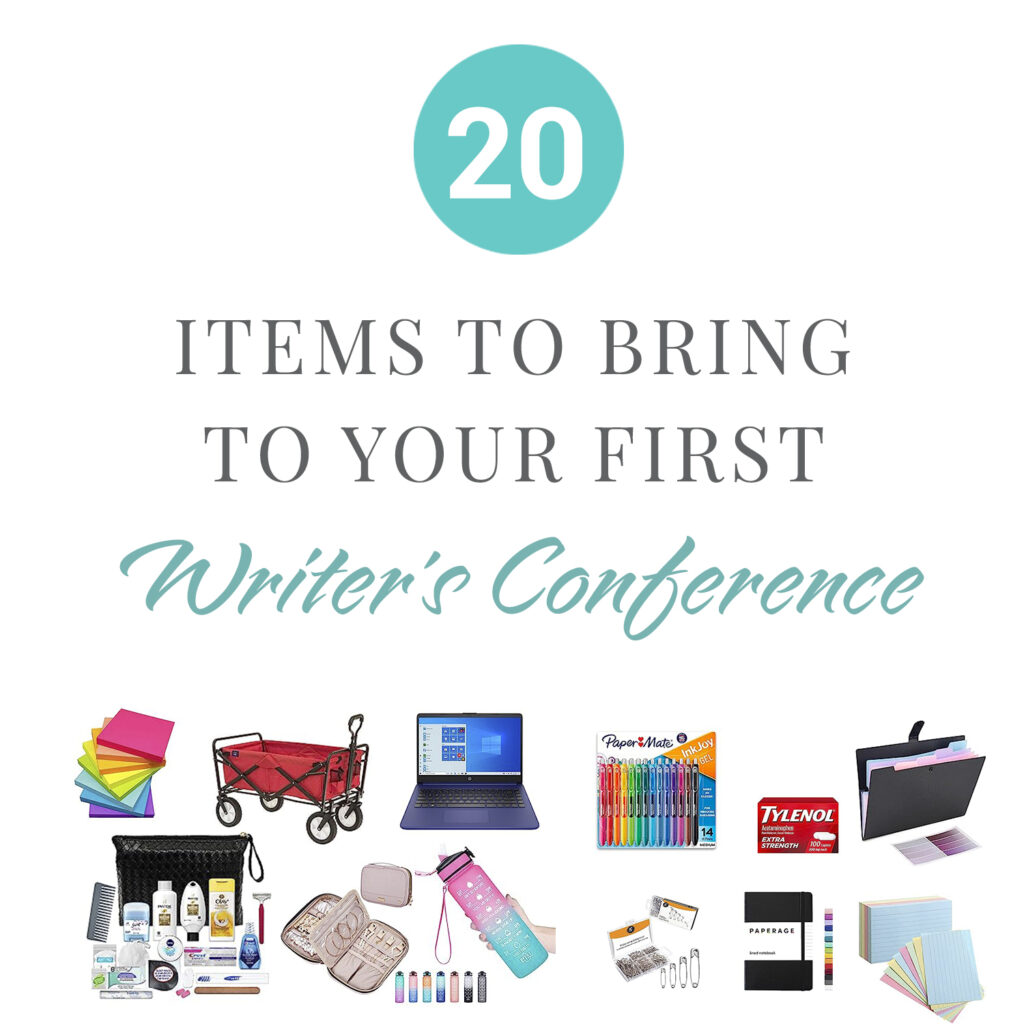
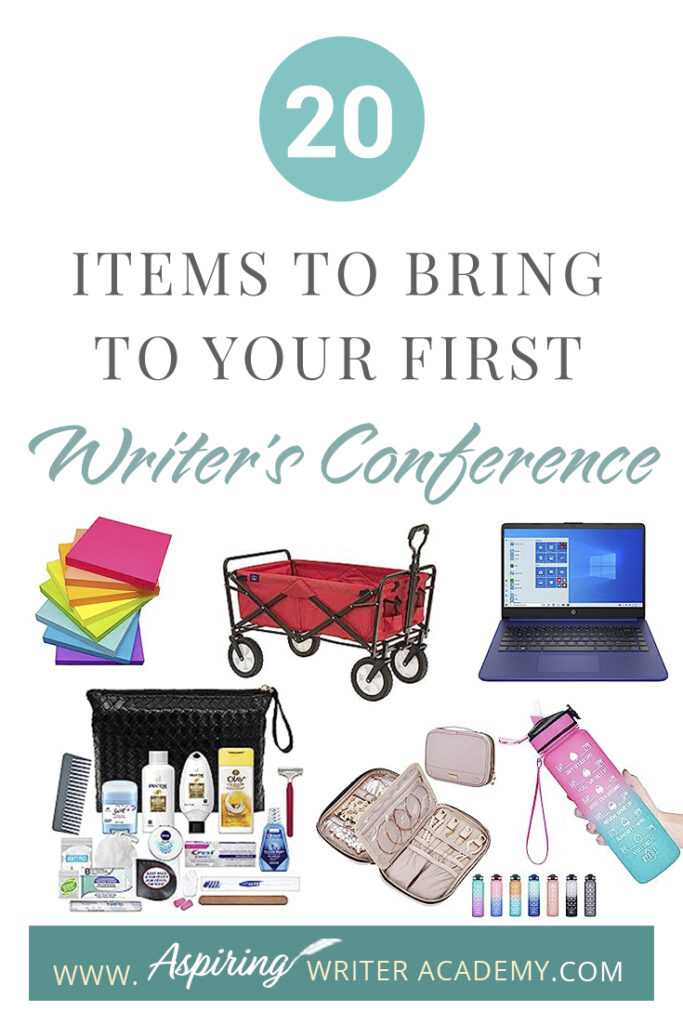
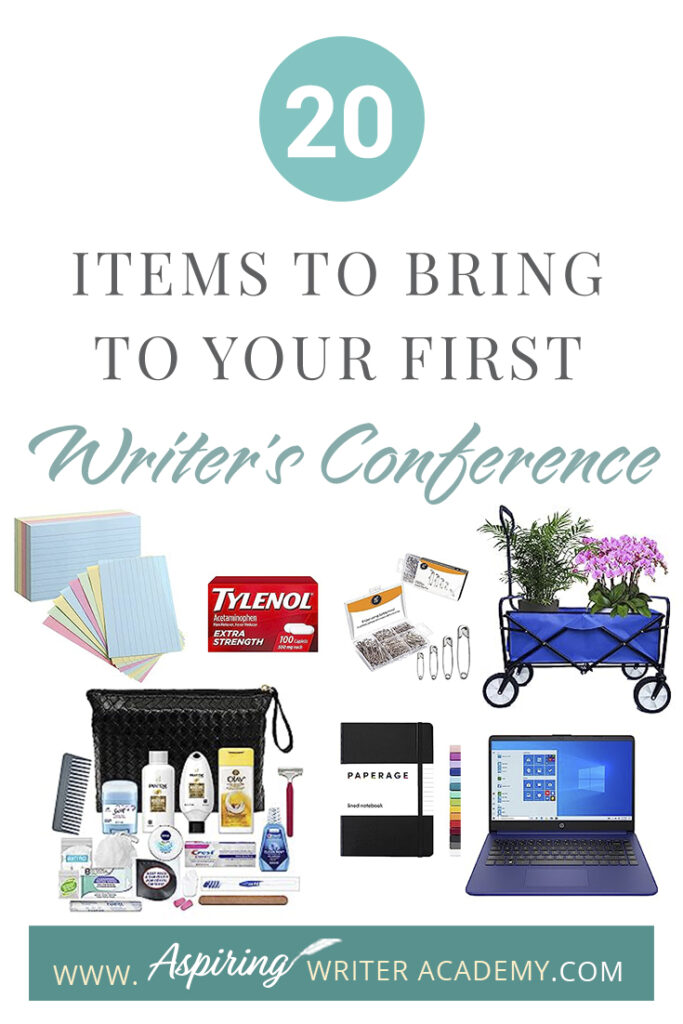
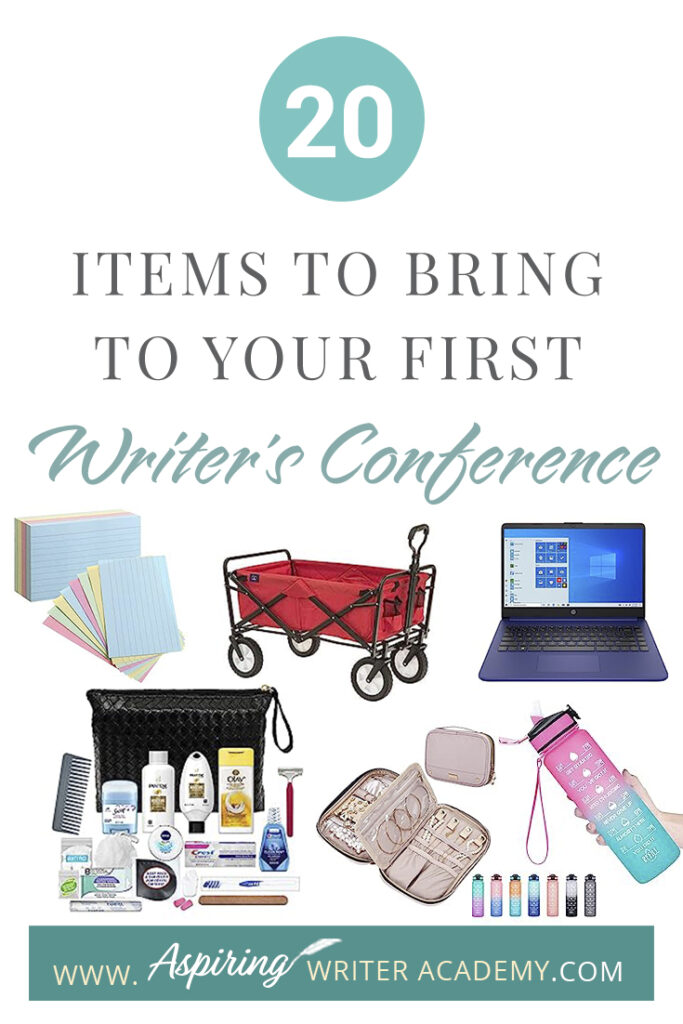
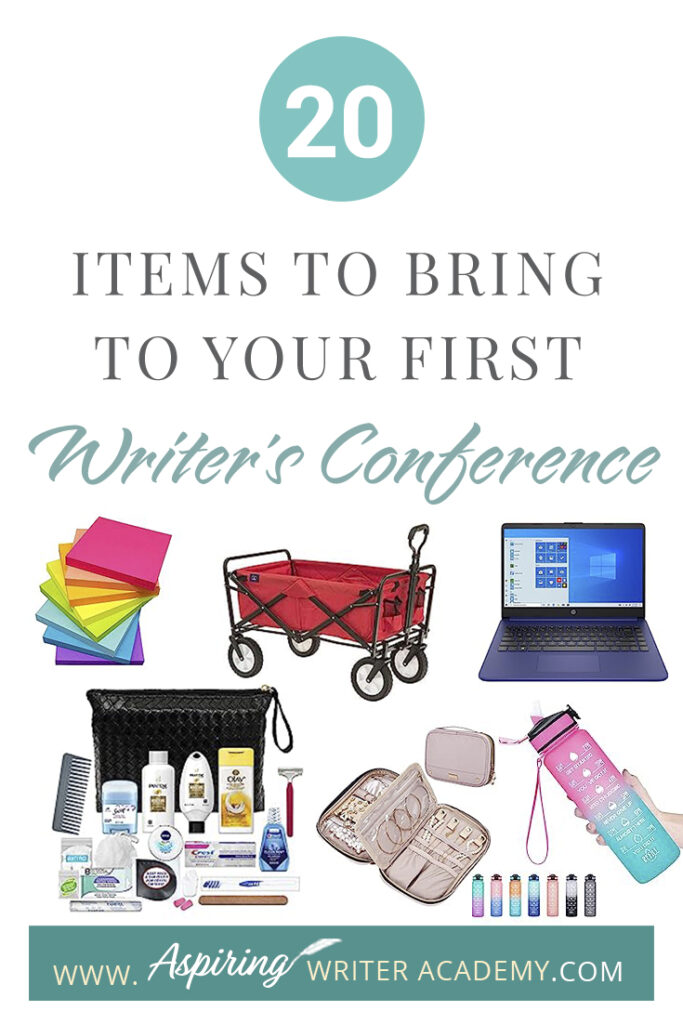
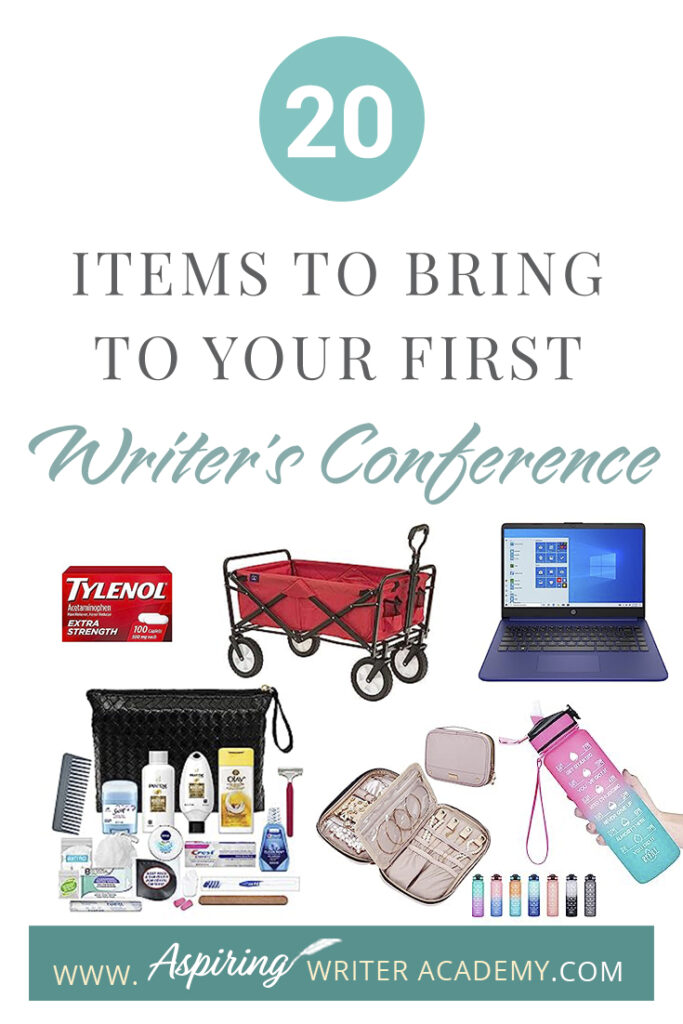
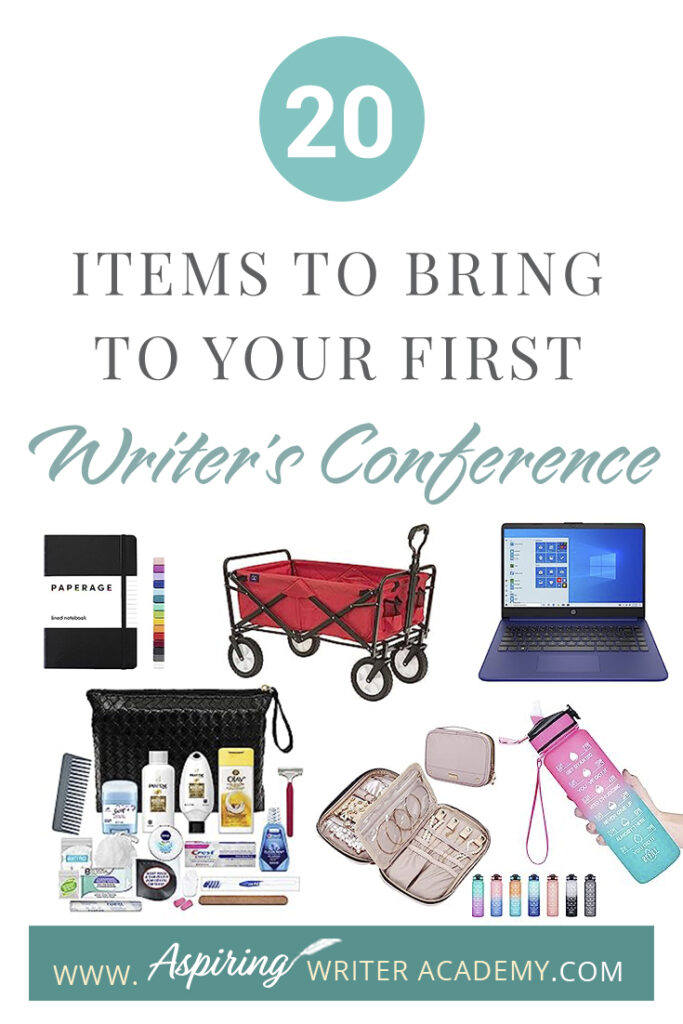
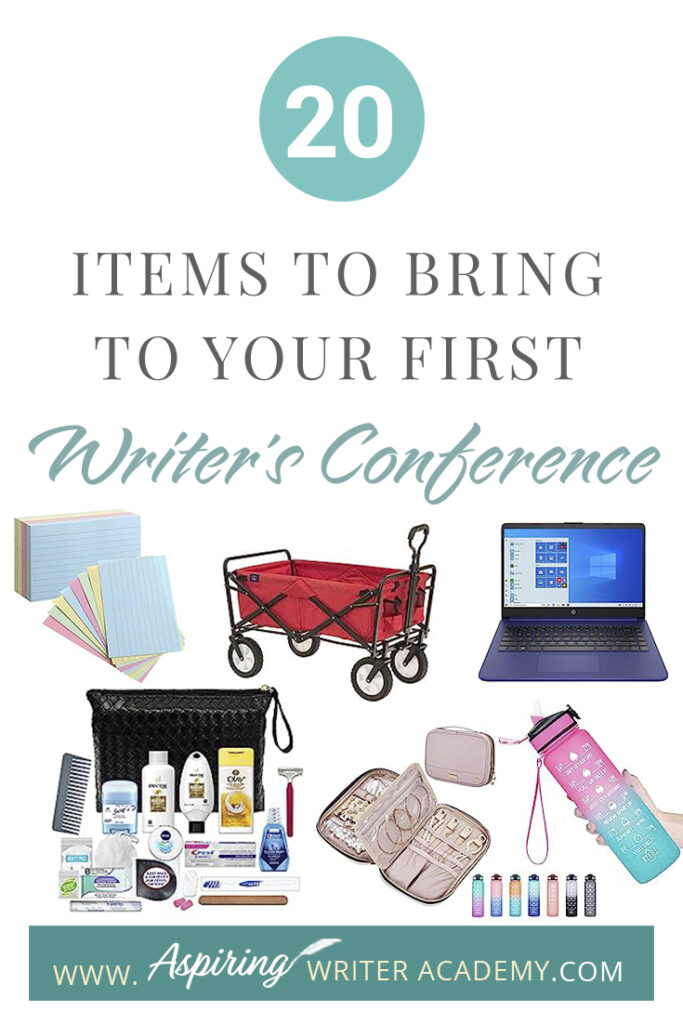
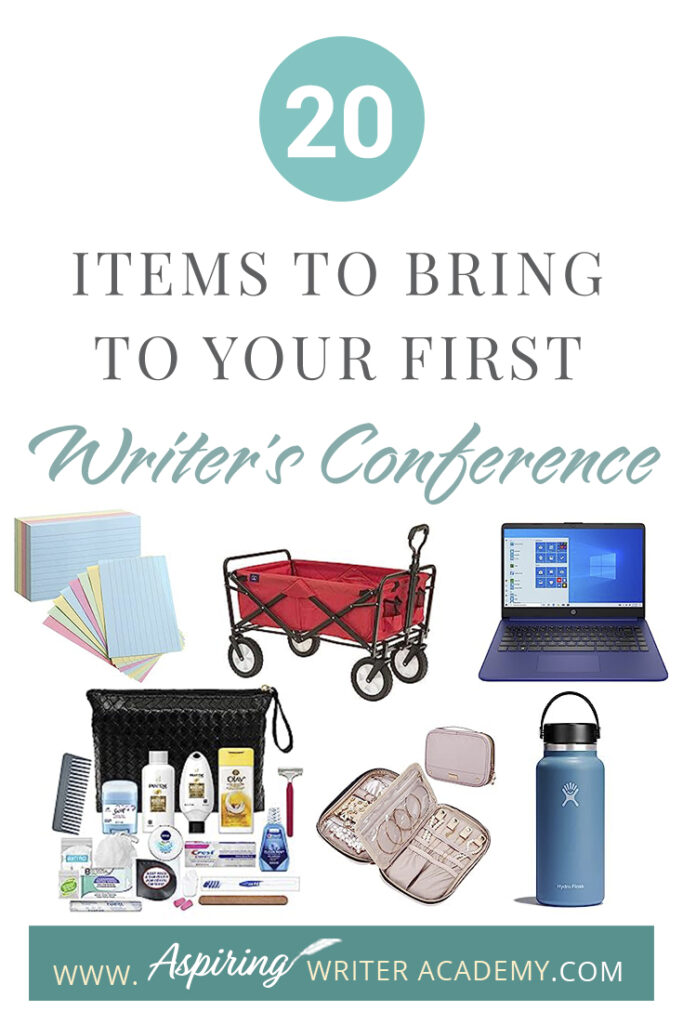
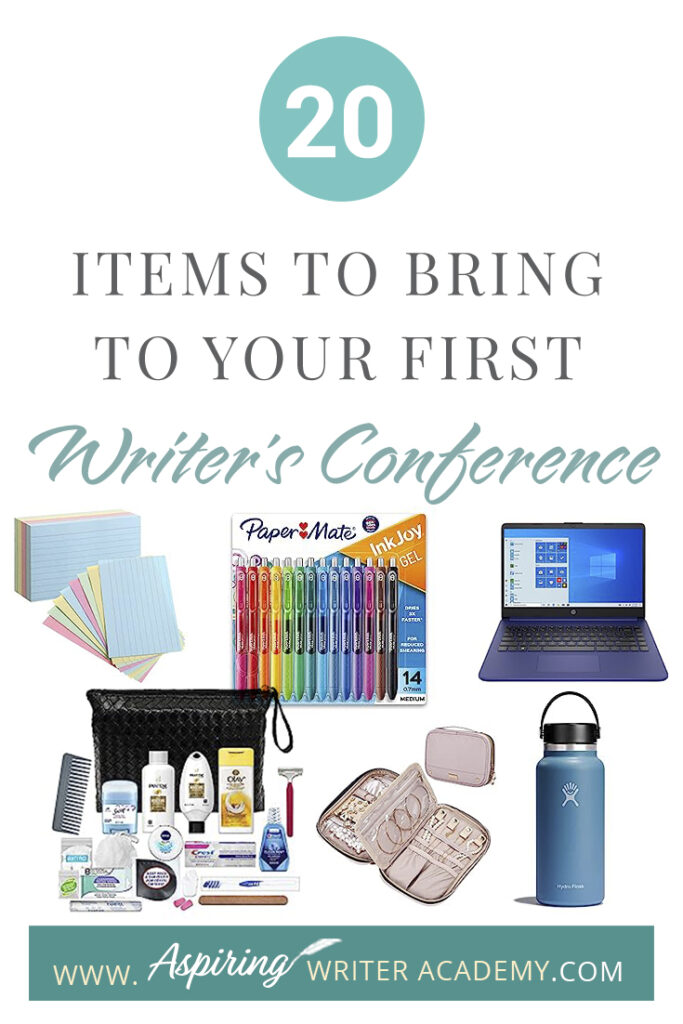
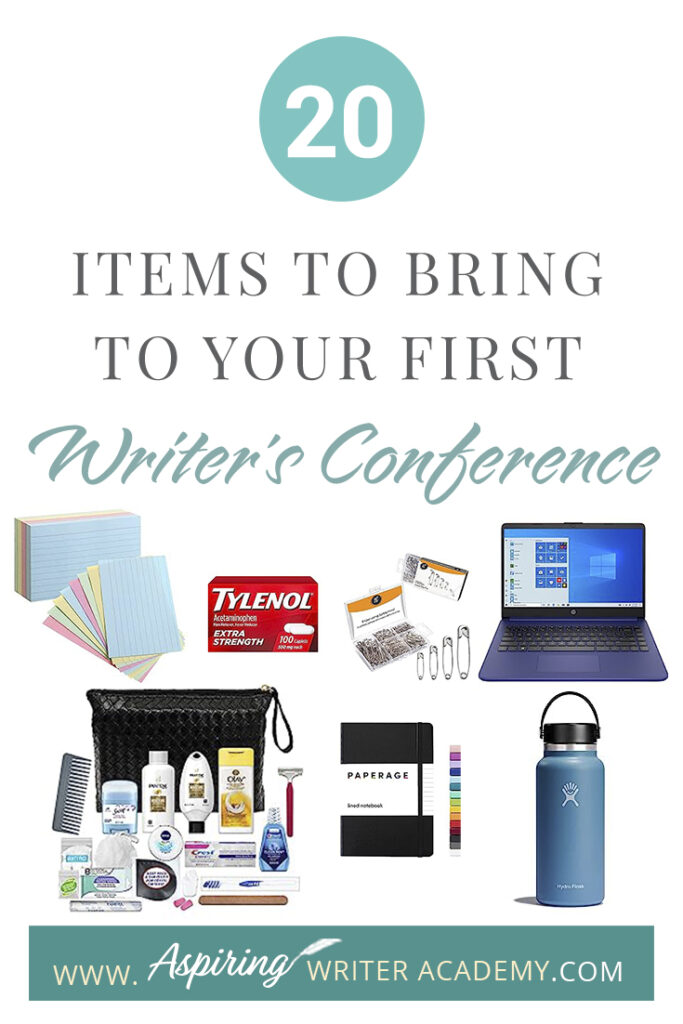
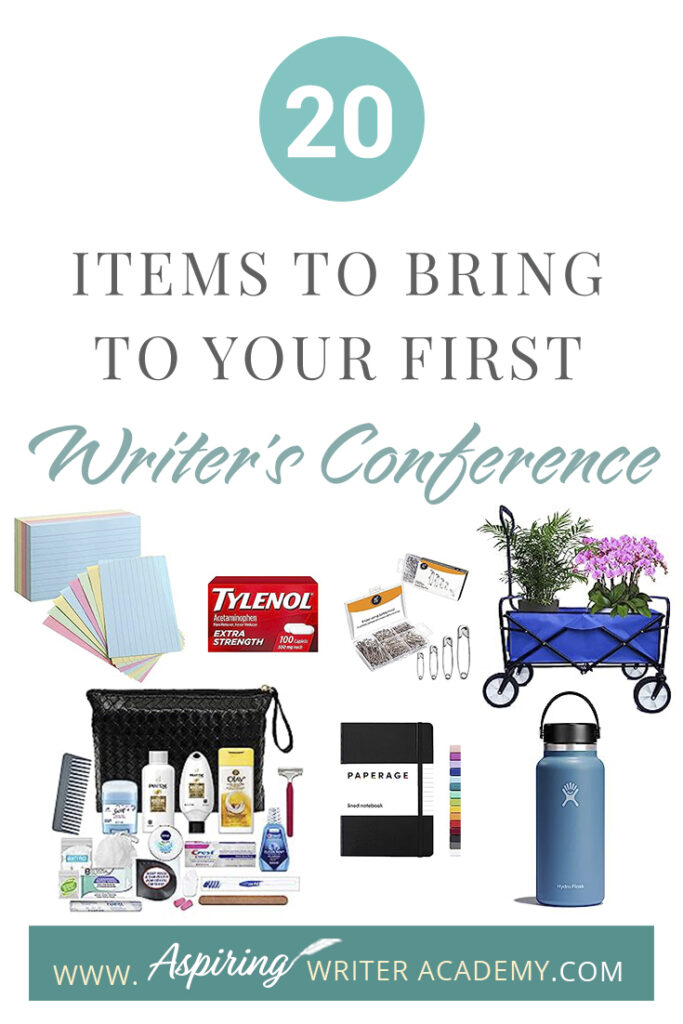
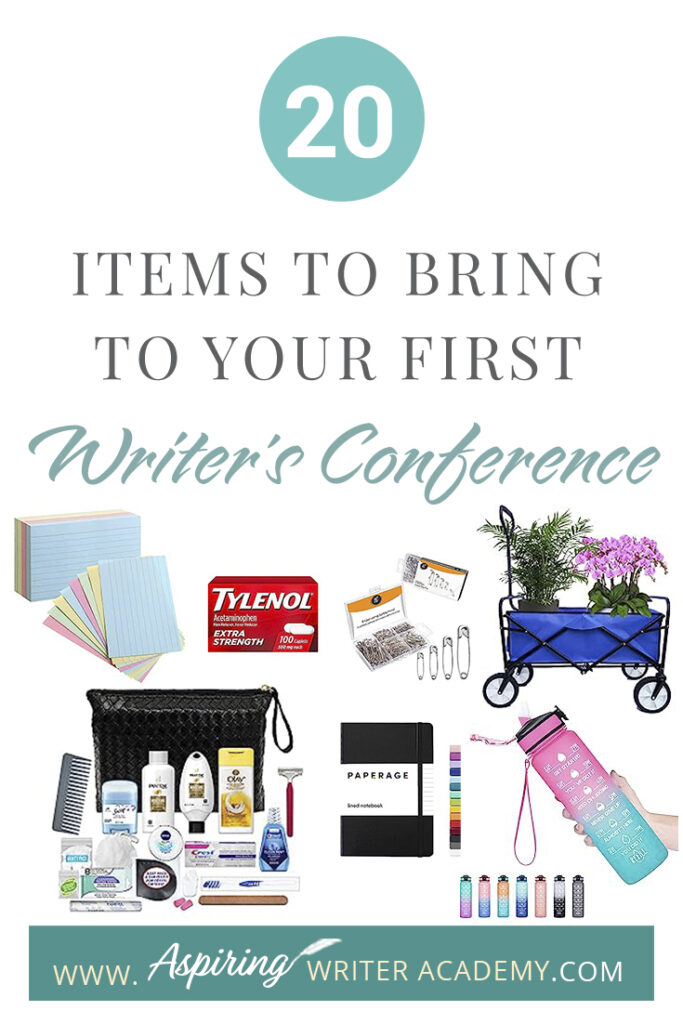
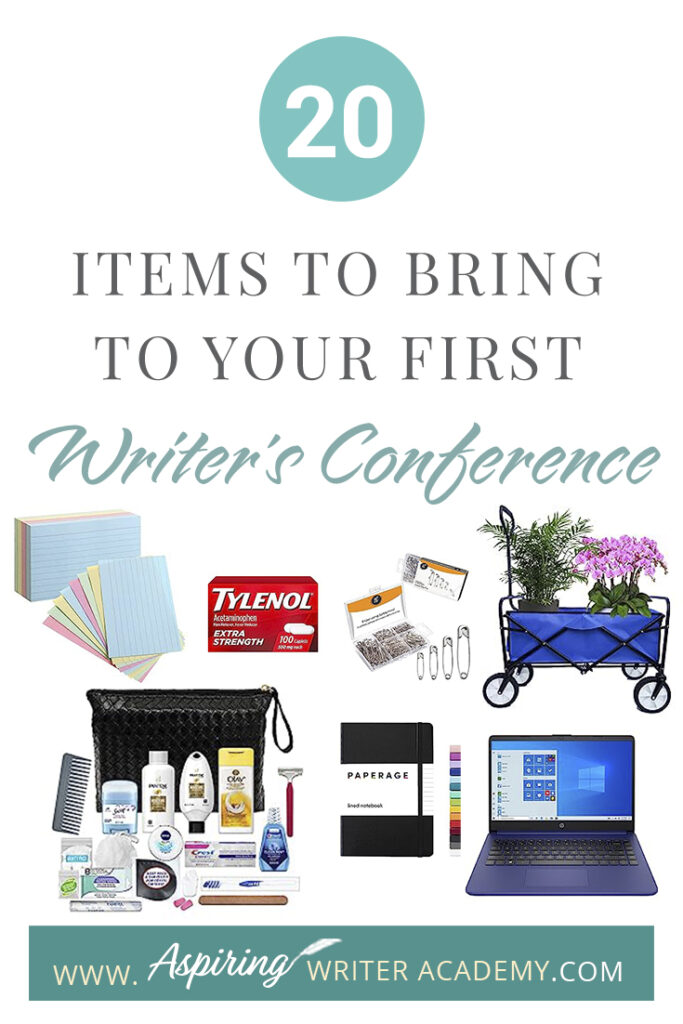
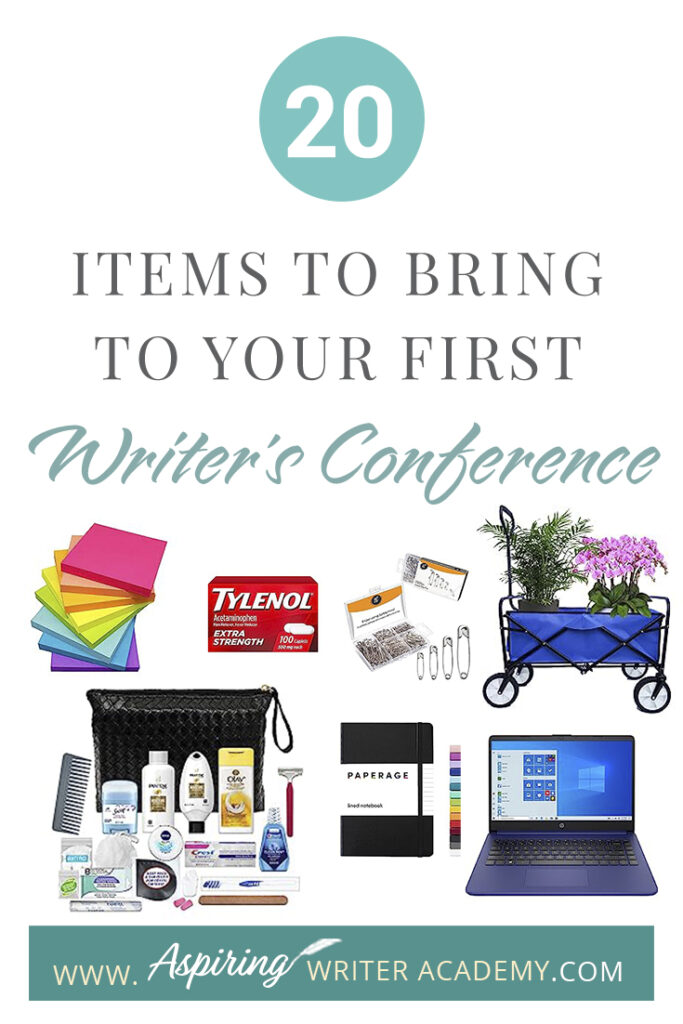
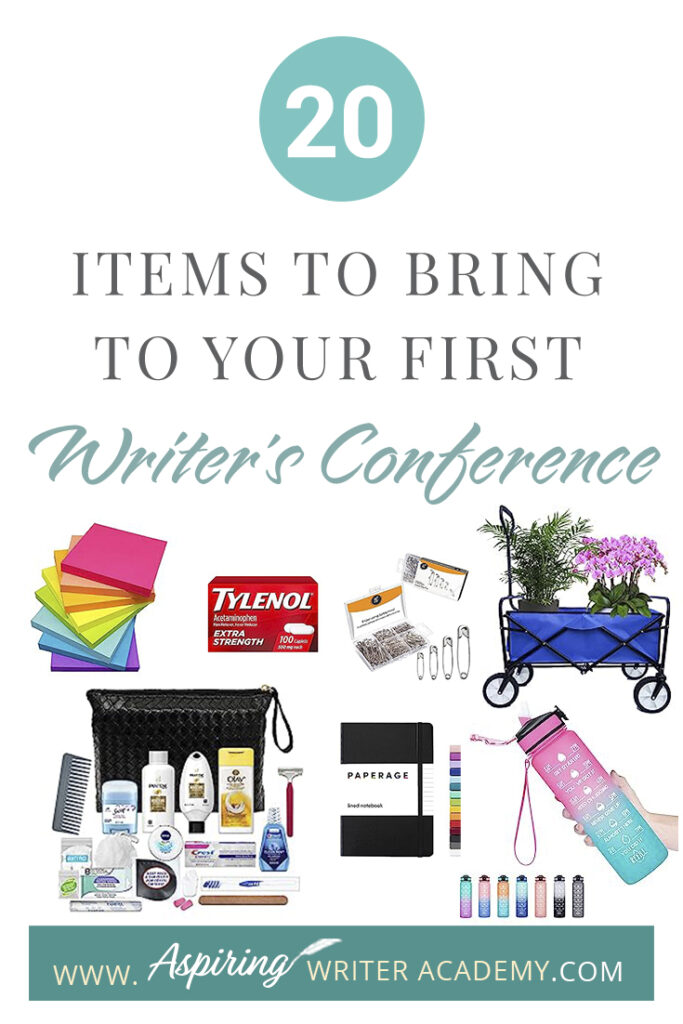
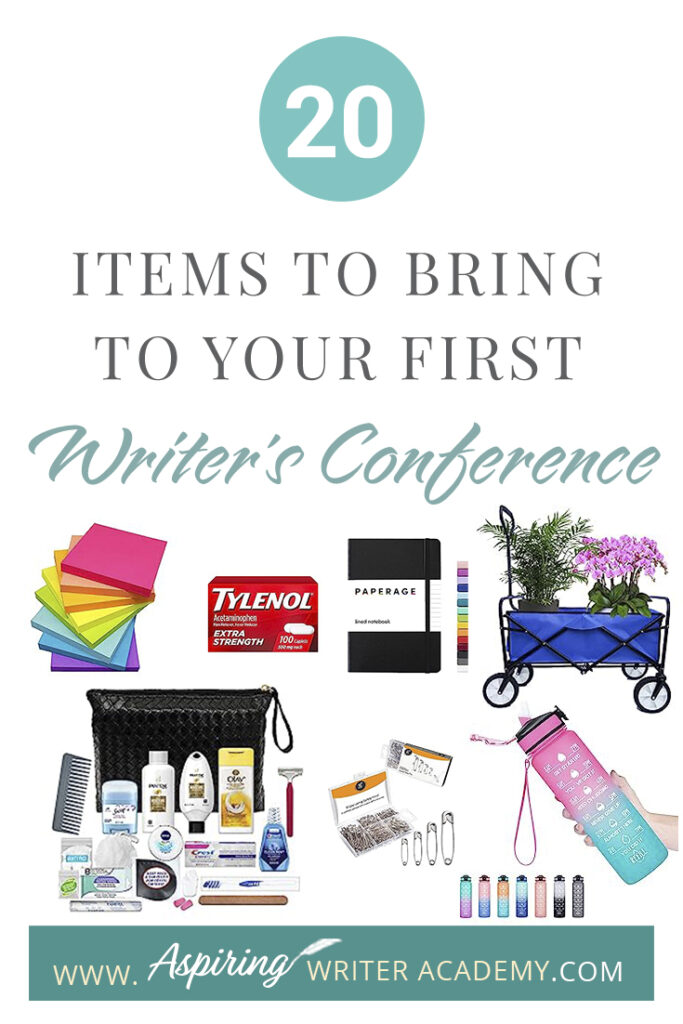



























![DAZHWA iPhone Charger 3pack 6ft [MFi Certified] Best New Nylon Braided USB-A to Lightning Cable Cell Phone Fast Charger Cord Compatible with iPhone14/13/12/11Pro Max/XS/XR/X/8/7/iPad More](https://m.media-amazon.com/images/I/51vQyN-51TL._SL500_.jpg)
























